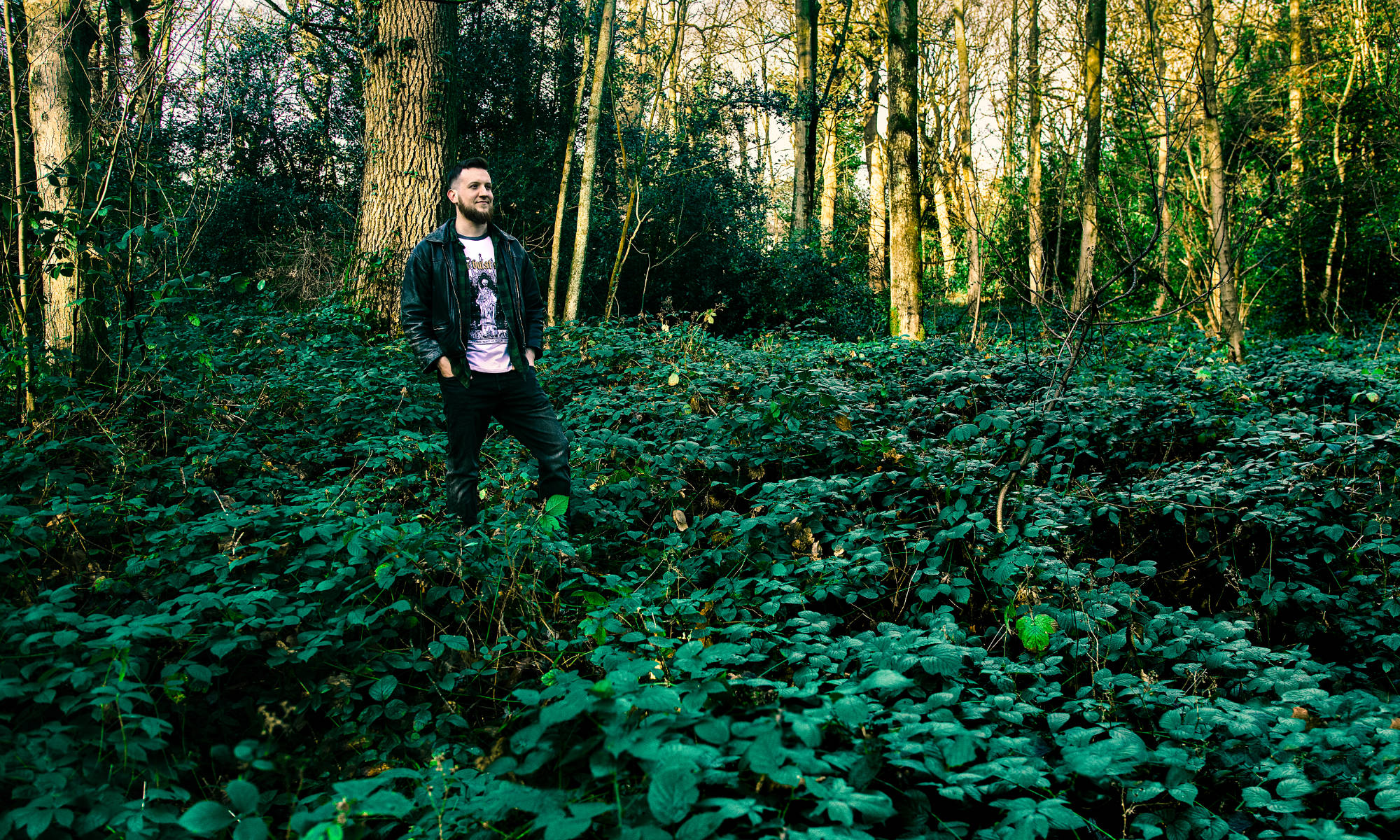Hey, everybody!
This is intended to be the first of a couple of posts in which I espouse my thoughts on writing comics, distilled from having been doing it for the last few years (and from writing a swathe of fiction before that). I’m not going to claim that I know everything (because I absolutely don’t), but hopefully I can provide some insights and start some discussion about the whole process!
Anyway, in the first of these posts, I’m going to be talking about dialogue.
Dialogue is, in my opinion, the most important part of any comic, especially from a writer’s perspective- dialogue is the part of the comic where you, as a writer, get to speak directly to the readers. You can write all of the incredible prose descriptions that you want for your panels- you can evoke scenes of sweeping, Elysian majesty when describing a landscape, or set the tone of a moody cityscape with thunder and lightning and poetry. You can do all of those things. However, it’s probably not really worth it- because your readers will never read those descriptions, they’ll only see what the artist has interpreted from them (which may or may not match the image in your head).
Dialogue is the part of the comic where the artist cedes the floor to you, as a writer, so it’s incredibly important that it sounds natural, conversational and not forced. There are a couple of things that can help with this, and I’ll go over two of them below.
1. Read your dialogue out loud.
Dialogue is speech. Humans are a conversational species- we like to talk, we like to listen. Comics dialogue is characters speaking to each other or to themselves, and therefore it must mimic the nuance of human conversation. The easiest way to achieve this is to read every line of dialogue that you’ve written out loud (or maybe in your head, if you’re in a crowded place and don’t want to look like some kind of sociopath) and see whether it sounds natural. It should be immediately obvious if it doesn’t, because the words won’t flow naturally out of your mouth!
One of the undisputed masters of dialogue (in my opinion) is Garth Ennis, writer of Preacher and The Boys, and the reason his dialogue is so good is because every line sounds like it could be spoken by a real human being. He makes heavy use of slang and contractions so that you can hear the regional accents that his characters have in your head (Cassidy from Preacher, Wee Hughie from The Boys) and this makes every line seem natural-sounding. Furthermore, this makes the characters much more likable because despite the unrealistic nature of their surroundings (Jesse from Preacher and the angel/devil hybrid that lives inside his head) they come across as real people with real voices.
That leads into an additional point-Â take some time before you start writing scenes to think about how your characters sound, and to try and hear their voices in your head so that when you write their dialogue, it fits who they are. If your character’s an American redneck from good ol’ Tennessee, his dialogue had better sound like he’s from Tennessee instead of the clipped ‘received pronunciation’Â of a British aristocrat! You can achieve this by throwing in speech characteristics (like “y’all”, or other similar things) but also just by trying to emulate that voice in your head and speaking it out loud so that you know whether it works.
2. Punctuation, punctuation, punctuation
Punctuation is another incredibly important part of writing dialogue. When humans speak to each other, we naturally add in punctuation- we pause for breath, use linguistic techniques to indicate a break in what we’re saying and indicate full stops, semi-colons and others through the tone and pitch of our voices. Therefore, since dialogue is speech, dialogue must contain that punctuation in order for it to sound natural. Here’s a fairly obvious example:
Ex. #1: “Oh I didn’t see you there is everything okay?”
Ex. #2: “Oh! I didn’t see you there, is everything okay?”
The first example has no punctuation beyond a question mark. Try reading it out loud- there isn’t a natural break in the sentence, it’s just a stream of words, and means that the “Oh” at the start of the sentence doesn’t indicate any surprise, despite the words that follow it. In the second example, the exclamation mark makes that “Oh” into an expression of surprise, as well as breaking up the sentence so that it’s clear that the character is shocked by somebody’s arrival. The comma in the second example also helps provide a natural flow to the sentence, creating a break between the statement (“I didn’t see you there”) and the question (“Is everything okay?”)
Punctuation is incredibly important in emulating human speech patterns when writing dialogue, because it can turn a string of words with no grace or elegance to them into human-sounding speech that our brains will recognise and respond to. Learning what punctuation to use and when is vitally important, and will elevate the dialogue in a comic from a kind of breathless recitation of facts and statements into something with nuance, something that bypasses your brain and goes straight into your ears.
It’s my firmly-held opinion that a great comic should read almost like a movie or a TV show- the panels should flow from one to the next naturally, as though in full motion, and the dialogue should sound like it belongs there. Some of the truly great examples of the medium achieve this perfectly- Akira by Katsuhiro Otomo and the aforementioned Preacher are just two that spring to mind. Put time and effort into crafting your dialogue, since it’s the part of the comic where you as a writer are most fully on show.
Thanks for reading!
Chris
